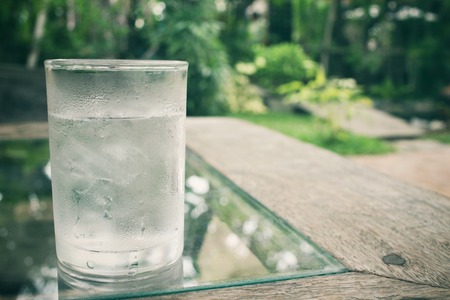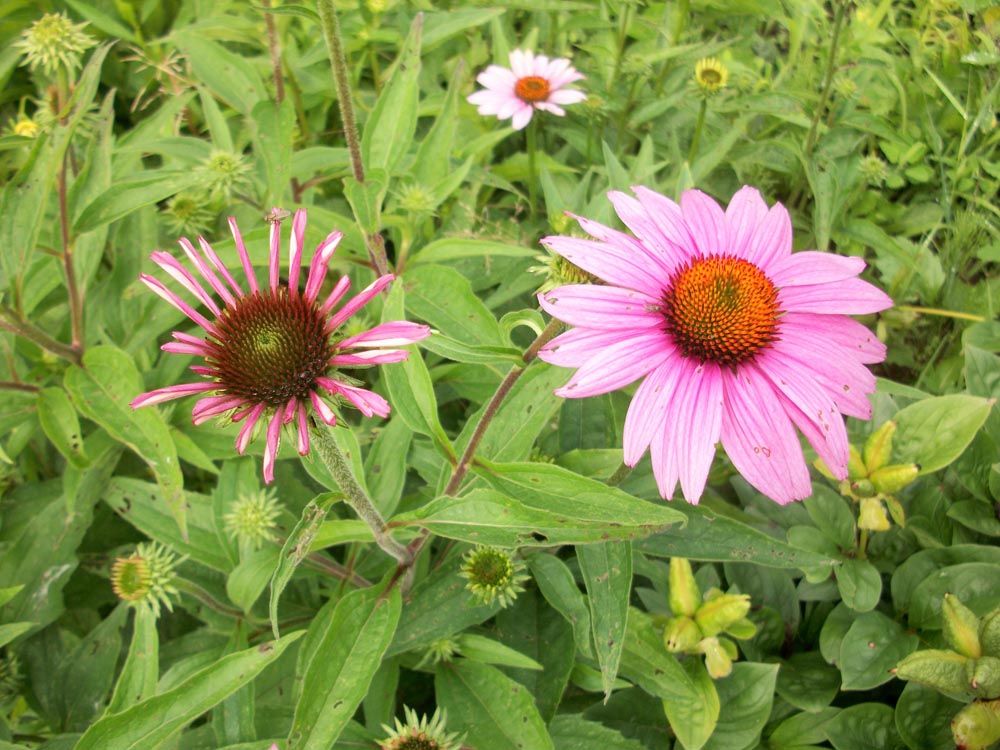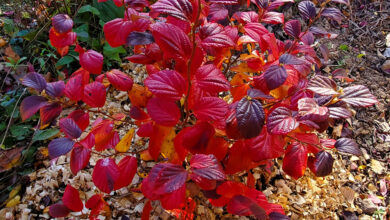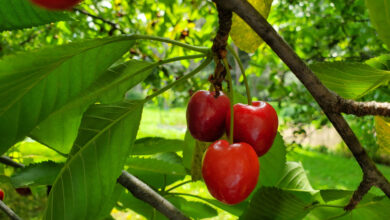Lots of foliar disease out there this growing season
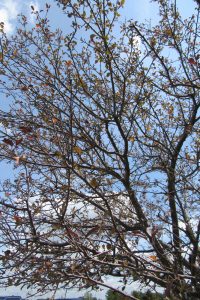
The heavy rains early in our growing season may be a distant memory, but the effects of all that moisture are visible right now in foliar diseases caused by fungi that thrive in wet conditions.
In Orleans County, Late Blight in tomatoes was confirmed on August 23. This disease can kill tomatoes and potato plants quickly and is easily spread by the wind. Cornell Cooperative Extension is asking gardeners who believe their plants are infected with Late Blight to contact their county Extension office. Extension can confirm the disease and keep local commercial growers and farmers informed about the spread of Late Blight, allowing them time to protect their crops.
Late Blight disease spots are typically dark gray to brown in color and surrounded by pale green tissue. Disease lesions can be found on all parts of the plant – stems, leaves, fruit and tubers.
Once a plant has been infected with Late Blight, there is little, if anything gardeners can do. Diseased plants should be removed from the garden – preferably on a sunny, dry and calm day and placed in garbage bags. Let the bags sit in the sun and “cook” and then dispose of them. Do not compost diseased plant material. Removing diseased plant material can help prevent the disease from spreading to neighbors and area farms.
As stated in a column earlier this summer, anthracnose is another fungal disease that has been impacting foliage this year. Sycamore trees were affected earlier in the season and crab apples have also been impacted by anthracnose.
If your crab apple bloomed beautifully this spring, only to have its leaves wither and fall from the tree prematurely in late summer, it is likely a fungal disease is to blame. In addition to anthracnose, crab apples are very susceptible to Venturia inaequalis also known as apple scab.
According to Cornell Cooperative Extension in Fulton and Montgomery counties, apple scab is a leaf spot disease that can cause serious leaf drop on susceptible crab apple trees. Early spring rains provide the right conditions for spores to develop. Oftentimes, infected leaves from the previous season on the ground around the tree are the source of the fungal spores, but they are also carried through the air.
The primary infection causes olive colored spots on leaves. As the fungus grows, new spores are produced and a secondary infection also affects the leaves as well as the fruit. Damaged leaves become curled and yellowed with lesions and eventually turn brown. In heavily infected trees, it is common for them to be nearly leafless by August.
Foliar fungal diseases like anthracnose and apple scab can weaken the tree, however many trees will flower well the following spring and survive bouts with leaf diseases. The best way to fight infection is prevention; fungicides must be applied early in the season, before the leaves are infected. Gardeners can also keep trees and neighboring plants trimmed to allow for air circulation; keep sprinklers from hitting the leaves of crab apple trees; and practice good sanitation by picking up and disposing of leaves and fruit infected by apple scab as a way to help manage the disease.
Finally, when selecting new plants and trees for your yard and garden, look for disease resistant varieties.



